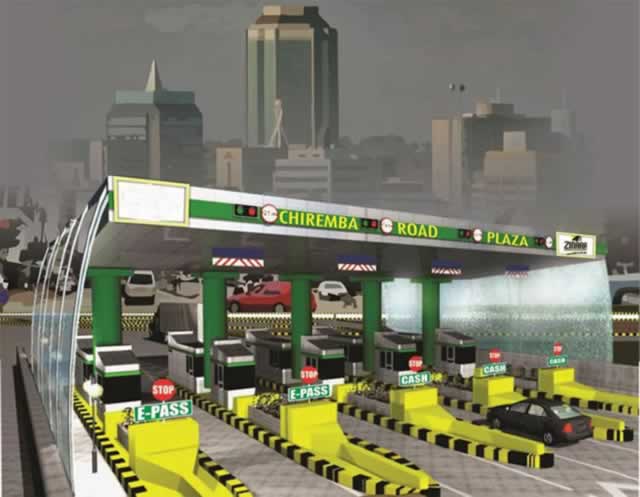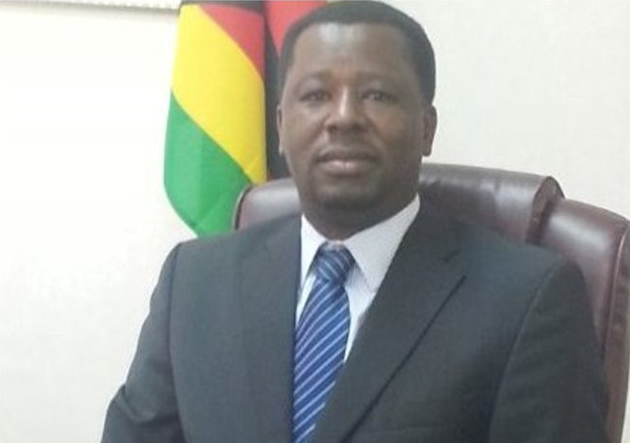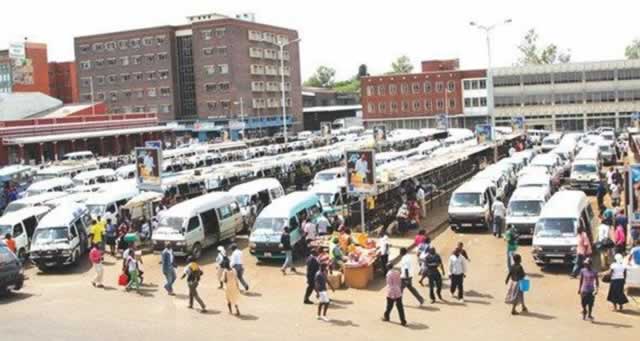Corruption derailing development


Visions of what our infrastructure should be are there, what we need is policy strengthening on achievement
Phinias Tafa The Infrastructure Report
This new column focuses on Zimbabwe’s public infrastructure, the most critical of which lies in the power and energy, transport and communication and water and sanitation sectors, where deteriorating conditions pose risks to the economy and public health.
With a pathetic 30 points, the country was recently ranked number 20 on the Africa Infrastructure Development Index and Country Ranking Score. The highest ranked country was Seychelles with 100 points.
Taking from a 2011 African Development Bank (ADB) report, the current state of the country’s infrastructure can be summarised as follows:
Continued deterioration in the quality of public infrastructure assets resulting from inadequate levels of public expenditures for routine and periodic maintenance of the infrastructure networks, especially in power, water and sanitation, and transport;
Infrastructure services in road transport and communications that are provided by the private sector are now more expensive than in neighbouring countries, reflecting in part the economic costs of the deterioration;
In the parastatals dominated sectors such as power, rail transport, and fixed line communications, services prices have been kept low, and as a result, the economic costs of the deterioration have emerged in the form of large and, in some cases, unsustainable operating losses;
The deterioration in the physical infrastructure has been accompanied by lack of progress in building institutional capacities for management and regulation of the basic services associated with these networks. Problems in this area stem from a disjoined approach to regulation and oversight among the ministries responsible for these sectors, compounded by a substantial loss of skills in the public workforce;
Institutional and regulatory inadequacies also resulted in minimal amounts of investment by the private sector in basic infrastructure, despite periodic efforts to attract such investment, for example, in the transport and communications sectors;
The deterioration in basic infrastructure has, in turn, had a serious impact on other productive sectors of the economy as well as the level and quality of services.
To remedy the situation, we need to delve into history and find out where we lost the plot.
The country made significant progress in infrastructure investment and development in its early period as an independent state. Statistics show that post 1980 the Government built a national electricity network with regional interconnections.
They also constructed an extensive and internationally connected road network. Those who are old enough may remember the phrase “Masvingo necarpet” coined by the ordinary people to describe the smooth ride to be experienced on Harare-Masvingo highway. They also did some work on water and sewer systems.
Sadly, the country has been unable to do much to maintain or improve its existing infrastructure since it became immersed in economic and political turmoil in the late 1990s. Zimbabwe’s infrastructure is on average 30 years old and is in serious need of real modernisation. It is in a sorry state due to financial, institutional, and policy factors.
Corruption is arguably the worst public enemy when it comes to infrastructure development in the country. According to empirical research Zimbabwe currently spends about $0,8 billion per year on infrastructure, though $0,7 billion of this is lost to inefficiencies of various kinds, corruption included. Even if these inefficiencies were fully captured, Zimbabwe would still face an infrastructure funding gap of $0,6 billion per year.
Economists and public infrastructure analysts point that motivated by modest goals, the idealistic situation will be to construct board roads (700km new, 500km rehabilitated, 200km widened and grading 4 000km of rural gravel roads), rail (400km rehabilitated), construction of 10 dams and additional 450 megawatts of power (from refurbished existing facilities and new units at Hwange) in the next five years.
The effects of this glaring gap or infrastructure related problems continue to hamper economic growth and productivity. Insufficient water, energy and power supplies resulting from inadequate generation capacities is negatively affecting the agricultural sector and is one of the explanations of continued falling food cereal production.
High transport costs, both rail and road due to poor and unreliable state of the transport network continue to increase transport and production costs, resulting in the country and its produce losing competitiveness. Potholes, absence of visible markings and signage, dark streets and perennial non-functioning signals have become the norm in our country.
Lack of low cost access to information and communications technologies has not supported the country’s easy of doing business rankings.
To close this yawning gap, the Government requires a broad-based action programme that will encompass policy and institutional reform, vibrant capital expenditure programmes for rehabilitation and new capacity, and increased resource allocations for maintenance of these facilities.
Such an inclusive approach will reduce the staggering figure to about $0,4 billion if the country adopts a more modest spending scenario, or even to $0,1 billion under a minimalist, maintenance-only scenario
In terms of funding, Zimbabwe needs to raise additional public, private-sector, and international money, which, when coupled with the prospect of economic rebound and prudent policies, would allow the country to regain its historic infrastructure advantages.
The recent successful completion of the Plumtree-Mutare highway, technically known as the Infralink, is a clear proof that we have the mental and political capabilities to develop our country.
Economists argue that raising the country’s infrastructure endowment to that of the region’s middle-income countries could boost annual growth by about 2,4 percent.
A possible approach to correcting this situation is to use Public-Private Partnerships, simply known as PPPs or triple Ps. These can be employed side-by-side or as an alternative to traditional public infrastructure funding methods the Government has mainly relied on.
This column aims to contribute knowledge to Government departments and the private sector to better understand financial, legal, policy perspectives and risk management in public infrastructure development and management.
Moreover, the sought after foreign investors can set the findings of this column as a starting point when they want to invest into public infrastructure projects in our country.
It will also contribute to the existing body of knowledge on public infrastructure. The writer has only come across little local research on the subject and most of these researches have focused on the policy framework of the philosophy. Rather than focusing on our shortcomings as a country, the column will be pro-development, focusing on necessary success factors of public infrastructure provision.
Phinias Tafa is the chief executive officer of Africa Centre for Real Estate and Land Economics (ACRELE) Feedback: [email protected] or 263-772-265072/ 0733422377.









Comments